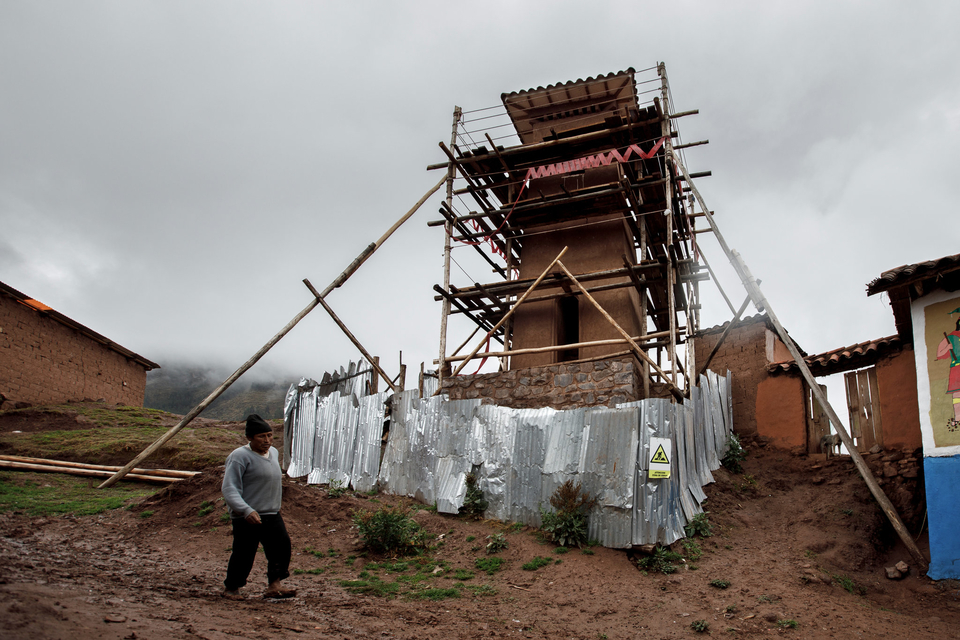High in the Andes Mountains, conservators are testing traditional methods for strengthening adobe buildings.
In Kuño Tambo, perched at 13,000 feet in Peru’s Andes Mountains, the mud-brick walls of the Church of Santiago Apóstol, built by the Spanish in 1681, have weathered their fair share of earthquakes.
....
The Seismic Retrofitting Project, an initiative of the Los Angeles-based Getty Conservation Institute, is studying traditional practices for stabilizing structures in areas prone to earthquakes.
“We wanted to know, are these techniques effective? Is it possible to work with these techniques from an engineering standpoint?” said Daniel Torrealva, one of the project’s research engineers at the Pontifical Catholic University of Peru in Lima. “And how can these techniques be included in construction?”
Through a yearlong series of workshops in Kuño Tambo that wrapped up in August, the Getty team worked with members of the Quechua-speaking village to implement low-cost and low-tech repairs that they hope could be standardized to make adobe structures safer and more resilient. If these techniques prove effective and affordable at the Church of Santiago Apóstol and a few other sites, this approach could be used to strengthen buildings all over the world.
....
